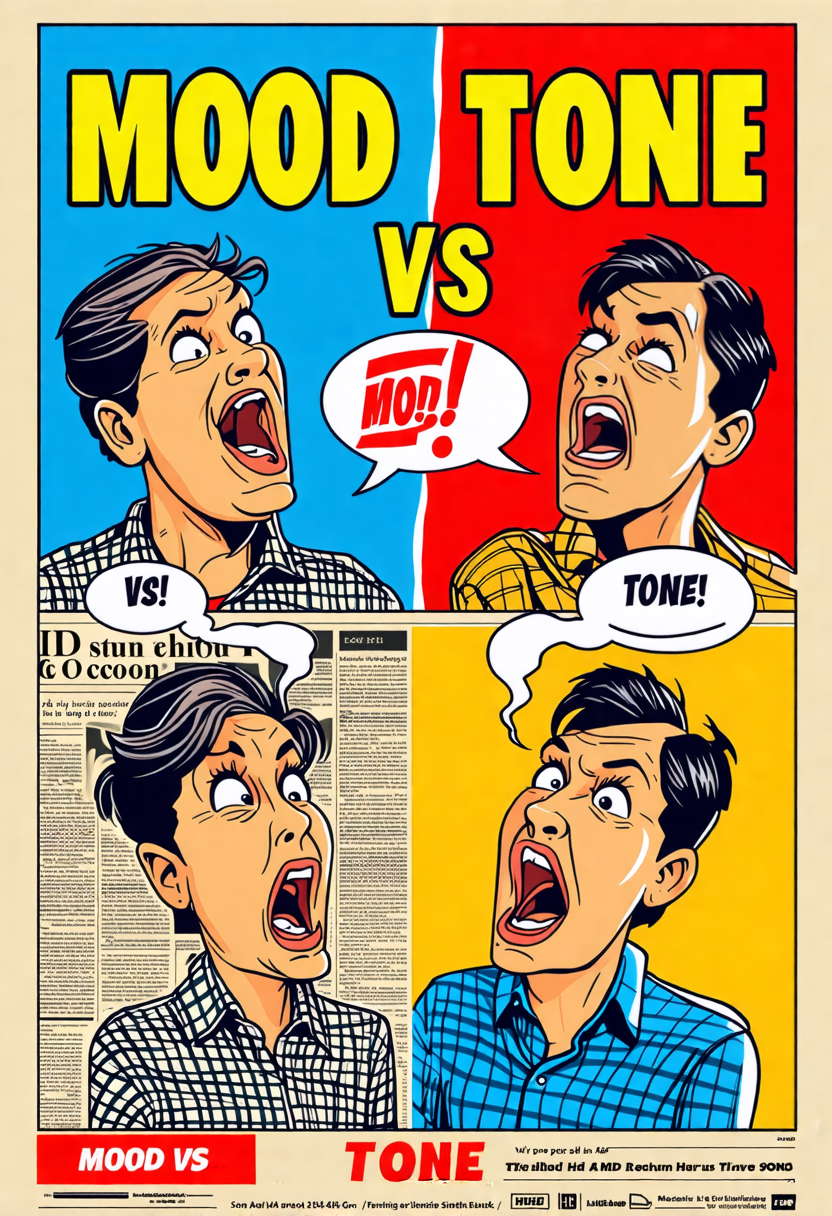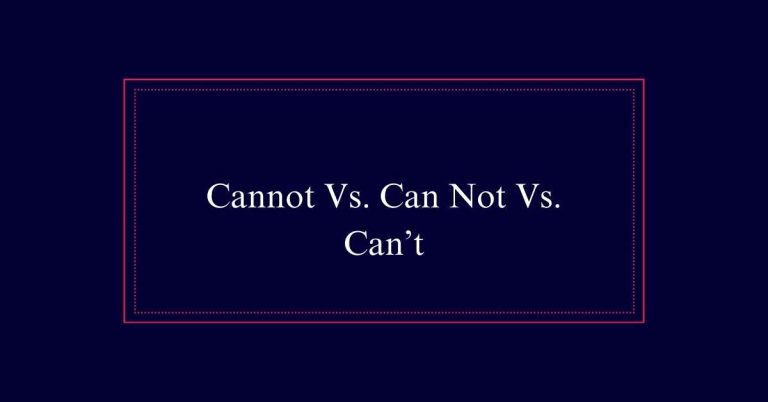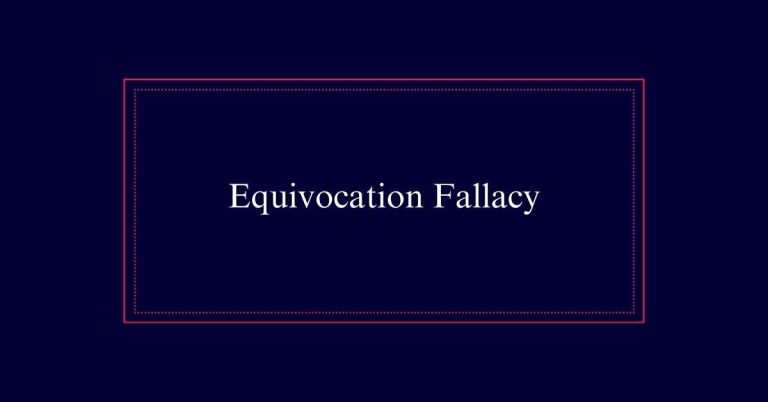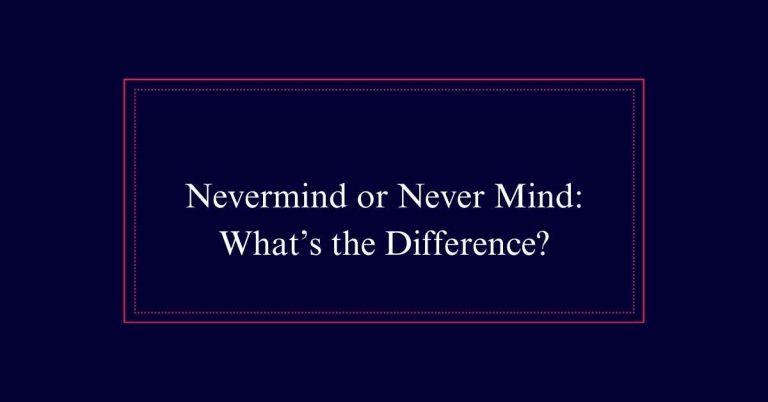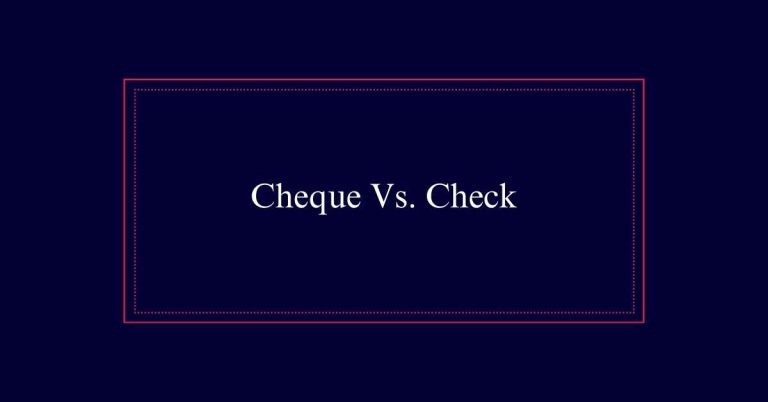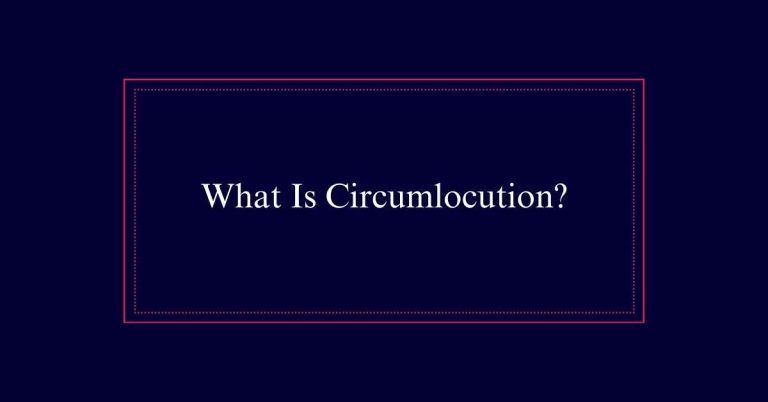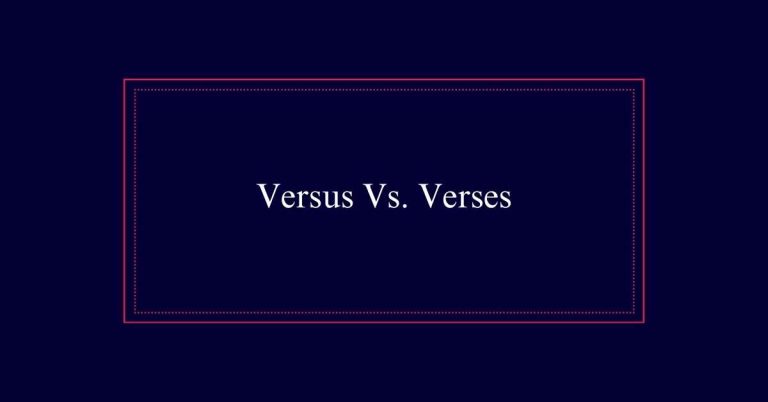Tone Vs. Mood
Tone and mood are essential elements in writing that enhance the reader’s experience. Tone reflects the writer’s attitude through word choice, punctuation, and sentence structure, influencing the message’s reception. Mood sets the emotional atmosphere, evoking feelings like joy, suspense, or sadness.
Understanding Tone and Mood
Understanding the distinction between tone and mood is essential for effective writing.
Tone refers to the writer’s attitude conveyed through word choice, punctuation, and sentence structure. It can be formal, informal, excited, or annoyed. Each sentence carries a specific tone that influences how the message is received.
Mood, on the other hand, is the overall atmosphere or vibe of a text segment. It sets the emotional setting for the reader, creating feelings like suspense, joy, or sadness. While tone is about the writer’s attitude, mood is about the reader’s emotional response.
Conveying Tone in Writing
Conveying tone in writing involves carefully choosing words, punctuation, and sentence structure to reflect the writer’s attitude.
Selecting the right words can show whether the tone is formal, informal, happy, or sad. Punctuation marks like exclamation points add excitement, while periods create a more neutral tone.
Sentence structure also plays a role; short, choppy sentences can indicate urgency or frustration, while long, flowing sentences convey a relaxed or detailed approach.
Ensuring that your tone matches the intended message is essential, especially in professional settings. For instance, a work email should be clear and respectful to maintain a professional tone.
Types of Tone
Exploring different types of tone reveals how word choice and structure shape the reader’s perception.
Formal tone uses sophisticated language and complex sentences, suitable for academic or professional writing.
Informal tone employs casual language and contractions, creating a friendly and relaxed atmosphere.
An excited tone is characterized by exclamation points and energetic word choices, conveying enthusiasm.
In contrast, an annoyed tone features short, clipped sentences and negative language, indicating irritation or frustration.
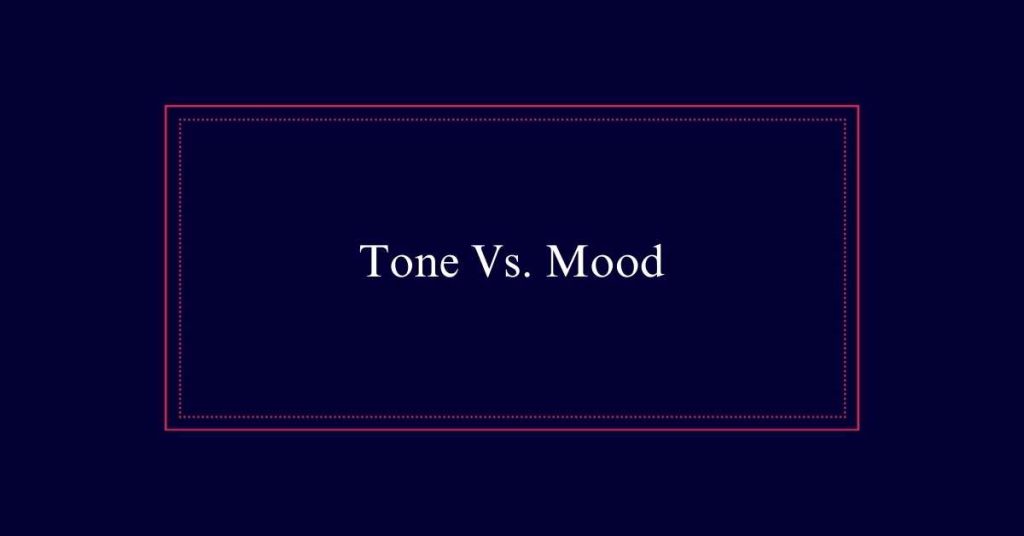
Tone in Professional Emails
The tone in professional emails is essential for effective communication. A well-chosen tone conveys respect, clarity, and professionalism. Using appropriate language guarantees your message is understood correctly. Below is a table outlining different tones and their potential impacts:
| Tone | Example Phrase | Potential Impact |
|---|---|---|
| Formal | ‘Dear Mr. Smith,’ | Shows respect and seriousness |
| Informal | ‘Hey John,’ | Friendly but can seem unprofessional |
| Direct | ‘Please review the attached file.’ | Clear and concise |
| Appreciative | ‘Thank you for your assistance.’ | Builds goodwill |
| Neutral | ‘Attached is the report.’ | Professional but impersonal |
Setting the Mood
Descriptions of settings play an essential role in setting the mood of a text. The mood is the emotional atmosphere that surrounds the reader. It can make a story feel eerie, joyful, tense, or serene.
The choice of setting details like weather, time of day, and location can influence the mood greatly. A dark, stormy night can create a sense of danger or suspense. Conversely, a sunny, peaceful meadow can evoke feelings of happiness and tranquility.
Writers should carefully select descriptive elements to align with the intended mood. By doing so, they can guide readers’ emotional responses, making the story more engaging and immersive. Effective mood setting enhances the reader’s overall experience and connection to the narrative.
Evoking Mood Through Description
In writing, vivid descriptions can powerfully evoke mood and immerse readers in the narrative. Carefully chosen words and details can paint a picture in the reader’s mind, setting the atmosphere.
For example, describing a setting as “a dimly lit room with flickering candles” creates a mysterious and tense mood. Specific imagery can evoke emotions, whether it’s the warmth of a sunny day or the chill of a haunted house.
Examples of Tone
Many examples of tone in writing can illustrate how tone influences the reader’s perception. Tone sets the attitude of the text and shapes how readers interpret the message. Different tones can be achieved by varying word choice, punctuation, and sentence structure.
Here are some common examples of tone in writing:
- Formal: ‘Please find the attached document for your review.’
- Informal: ‘Hey, check out this document I attached!’
- Excited: ‘I can’t wait to show you what I’ve been working on!’
- Annoyed: ‘I’ve sent this document three times already.’
- Sarcastic: ‘Oh, great, another document to review.’
Examples of Mood
Just as tone shapes the reader’s perception, mood sets the emotional backdrop of the text.
For instance, a story set in an abandoned house with creaking floors and shadows may evoke a dark, eerie mood.
Similarly, a scene filled with sunlight, laughter, and blooming flowers creates a joyful, uplifting mood.
Descriptions play an essential role in establishing mood. Words like ‘windswept’ and ‘stormy’ can convey a sense of turmoil.
A peaceful meadow with gentle breezes and birdsong can evoke calmness and serenity.
Recognizing and crafting the mood helps guide the reader’s emotional journey.
Combining Tone and Mood
Combining tone and mood creates a richer, more immersive reading experience. While tone reflects the author’s attitude, mood sets the atmosphere for the reader. Together, they enhance storytelling and evoke deeper emotions.
Here are some key points to remember:
- Consistency: Maintain a consistent tone to support the desired mood.
- Contrast: Use contrasting tones to heighten the impact of the mood.
- Dialogue: Character dialogue can reflect tone and reinforce mood.
- Setting: Descriptive settings can solidify the intended mood.
- Pacing: Adjust the pacing to align tone with the evolving mood.
